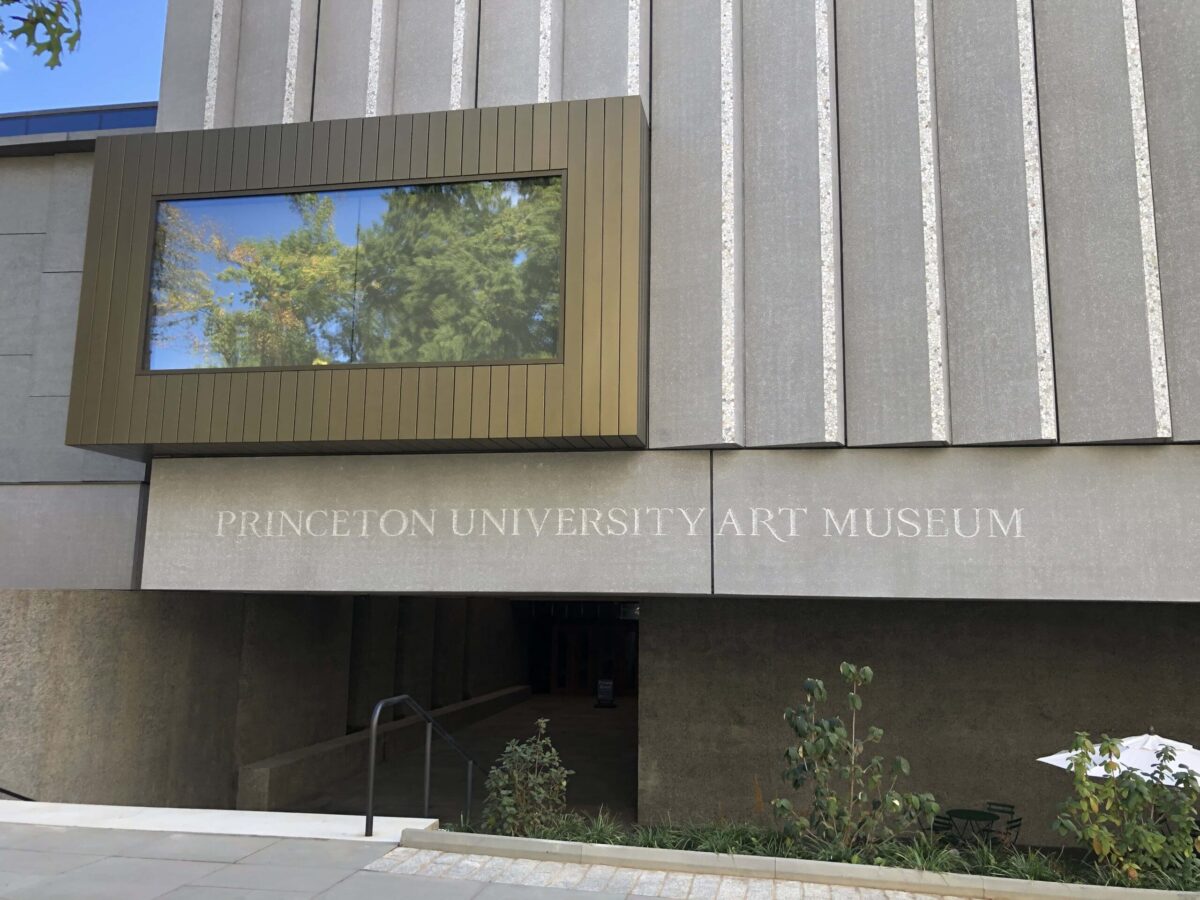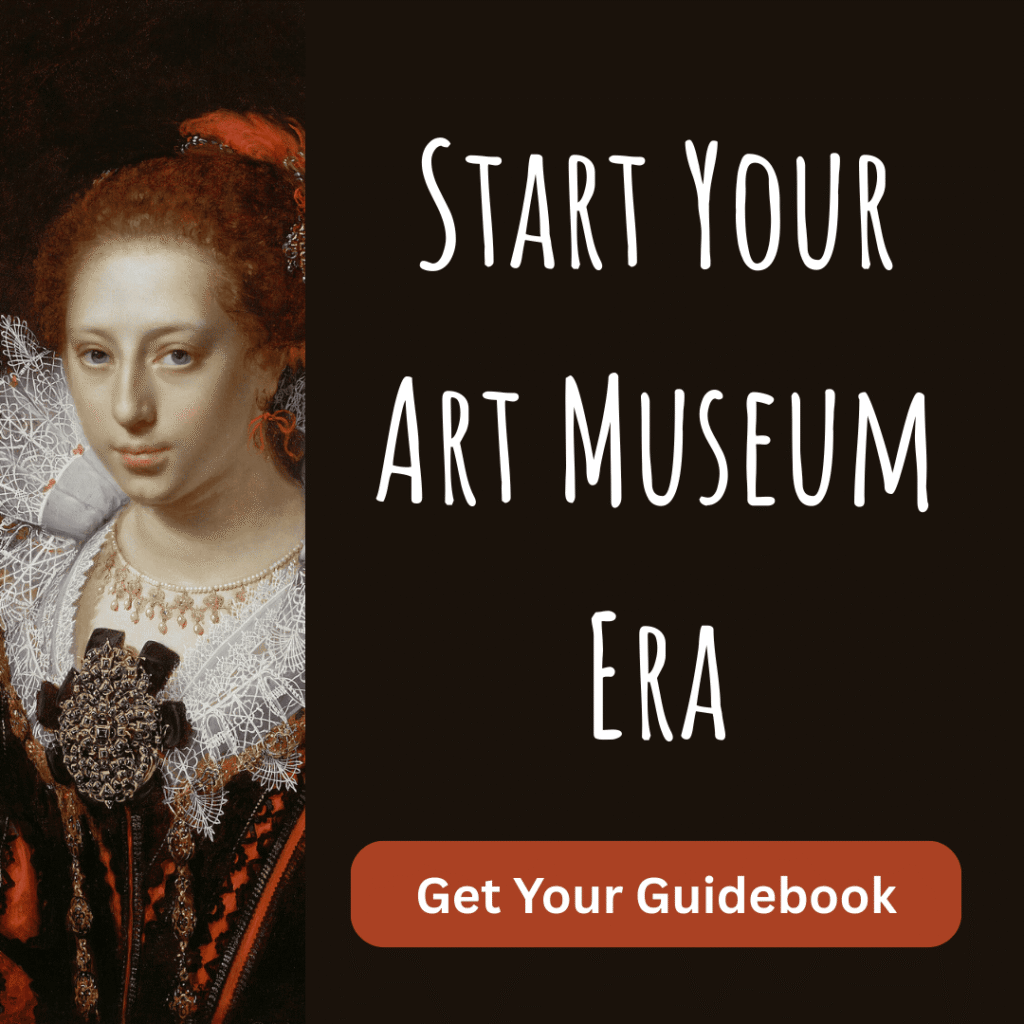All images in the post are by the author.
Free to the public, with a strong collection and a location in the midst of Princeton’s scenic campus, there’s always been a lot to like about the Princeton University Art Museum. That’s why I’ve been eagerly awaiting its reopening after a five-year closure for the construction of an entirely new building.
To be honest, I was also a little apprehensive. Any time a museum decides to totally reinvent itself, there’s always the chance of things going badly wrong. But after attending a recent preview event, I can happily report that any anxieties were unfounded. Not only does the Princeton University Art Museum have a great new building, but its fresh curatorial approach also gives the museum a unique point of view. I was truly impressed by the transformation and look forward to exploring the new and improved museum more fully once it officially opens on October 31st.
The Building
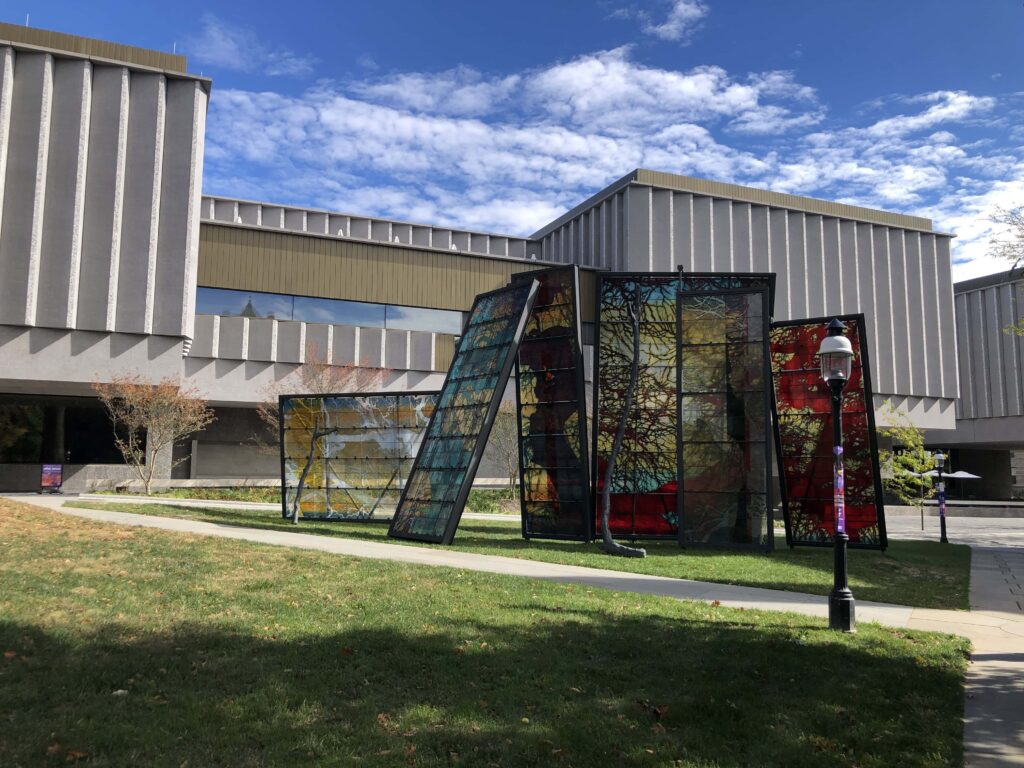
While the new building isn’t particularly impressive from the outside, its rough concrete, pale wood, and glass interior is inviting and sophisticated. A huge contrast to the uninspiring old building, this alone is a big step up for the museum. The fact that it apparently contains twice the area and four times the exhibition capacity of the old building doesn’t hurt either. Because of its pavilion-based structure (more on that later), the building has tons of exterior walls and corners, and it uses them to great effect with large windows that let in plenty of natural light and enable gorgeous views of the surrounding university campus.
Aside from a single special exhibition space on the first floor, all the galleries are located upstairs. However, there’s still art to see when you first enter, including Princeton’s celebrated Roman floor mosaic, several large abstract paintings, visible storage cases of tiny treasures, and a site-specific Nick Cave mosaic just outside the main entrance. Large-scale sculptures also surround the museum building, many of which are visible through the windows and from the second-floor Sculpture Terrace. The museum is clearly designed to maximize sight lines, and it definitely rewards looking in all directions, including up, down, and through the windows.
The Curation
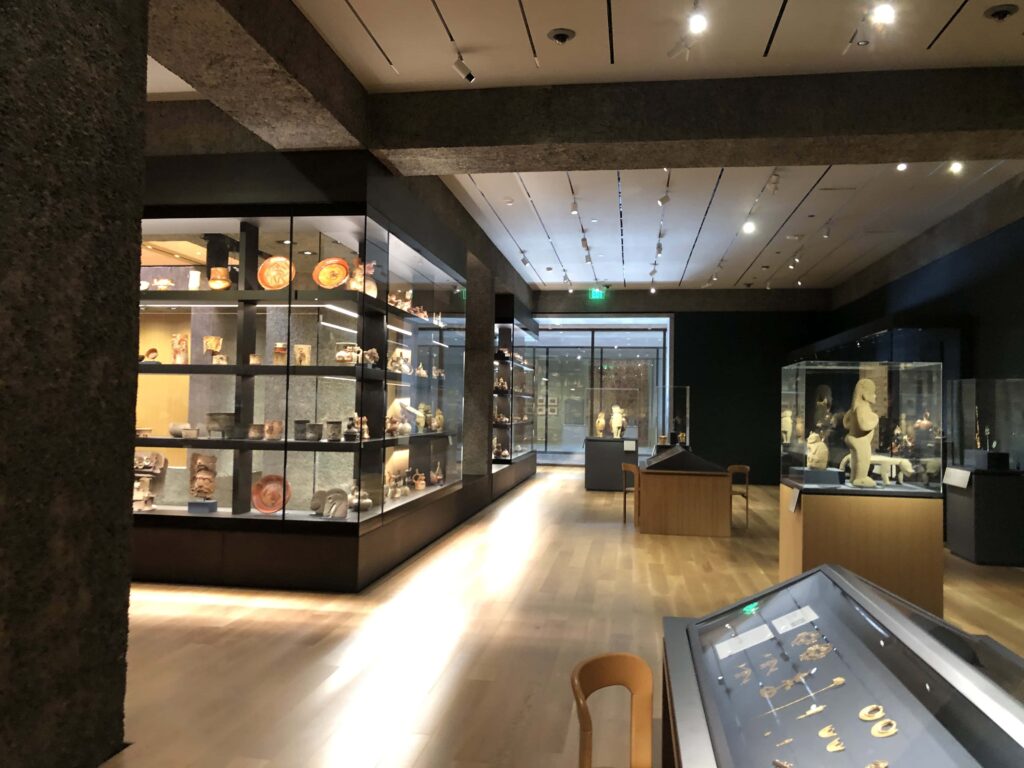
The new museum consists of nine rectangular pavilions, seven of which serve as galleries. (The remaining two contain conservation studios and the Marquand Library.) Six host specific collections (American, Asian, European, etc.), with the seventh reserved for temporary exhibitions. Within each pavilion, there’s a nice variety of periods, styles, and media; there’s something of everything but not a ton of anything. Historical and contemporary artworks are juxtaposed to good effect, and there are some intriguing cross-cultural displays.
But it’s at the intersection of these galleries where the new museum truly shines. The ample exhibition space connecting all the pavilions not only provides homes for additional collection areas but also displays cross-cultural and sometimes thematic exhibitions that blur the boundaries between one collection area and the next. The arts of different times and places coexist here in a seemingly organic way, swapping the usual time-and-place divisions for a view of world art history as a multifaceted whole. In addition, the interconnected floor plan often makes it possible to see objects within three or more completely different displays from a single vantage point, sometimes by looking through one window into another.
A New Point of View
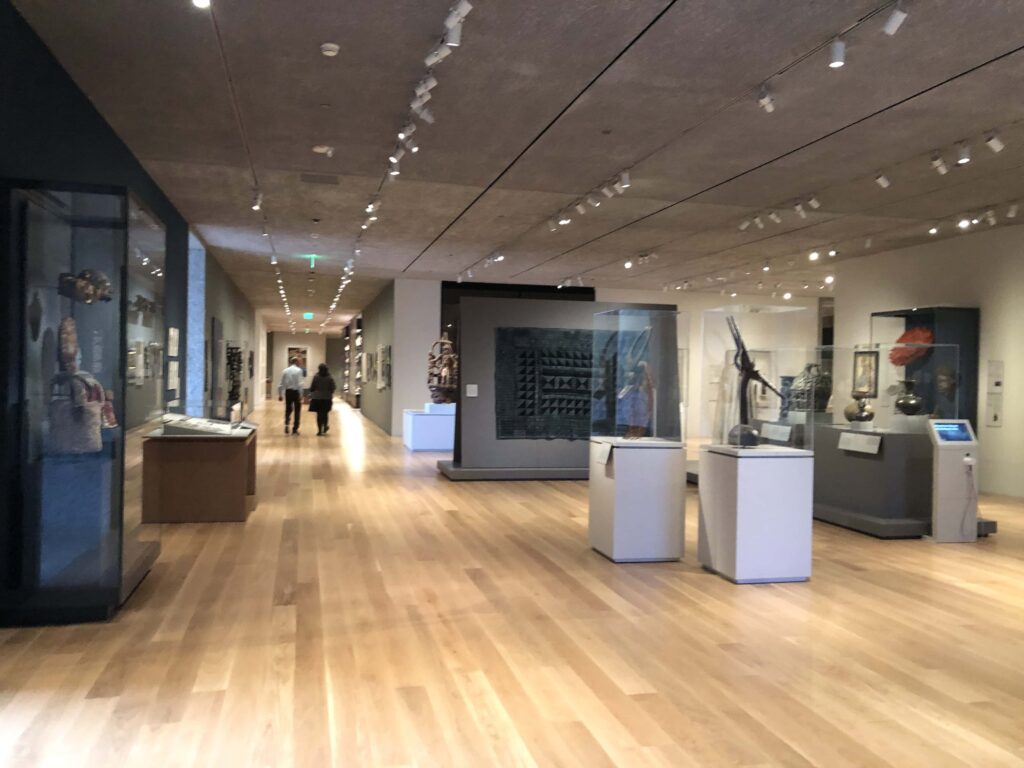
To paraphrase museum director James Steward and chief curator Juliana Ochs Dweck in their remarks at the preview, the new curation is designed to enable dialogue and discovery, “unsettle fixed categories”, explore ideas over time and space, and provide counterpoints within museum galleries. In my opinion, it succeeds fantastically at all of this. There seemed to always be a new discovery around each corner, and moving around the space in one direction enabled a different set of experiences than moving in another. I also found myself less focused on any particular type of art to the exclusion of others and better able to appreciate objects I would probably not have specifically sought out.
It appears that these experiences will be constantly changing. Steward told me that after an initial six-month settling-in period, the curators will start refreshing and rearranging permanent collection displays on a recurring basis. This will allow them not only to display different objects, but also to create new dialogues and juxtapositions that will keep the museum fresh and interesting – all without major overhauls or gallery closures. (Temporary exhibition spaces, by contrast, will be completely reinstalled several times per year for each new show.)
I think this focus on connections within global art history is a fantastic approach for the Princeton University Art Museum, and it’s a great way to capitalize on the collection’s great breadth and diversity. This isn’t necessarily an approach I would want all museums to take, but I’m really glad that Princeton did, since it works so well there. Moreover, it gives the museum something I don’t think it had before – a unique point of view that sets it apart from similar museums and provides a strong reason to keep coming back beyond for more. I’m already looking forward to returning after the official opening and exploring at my leisure.
Details
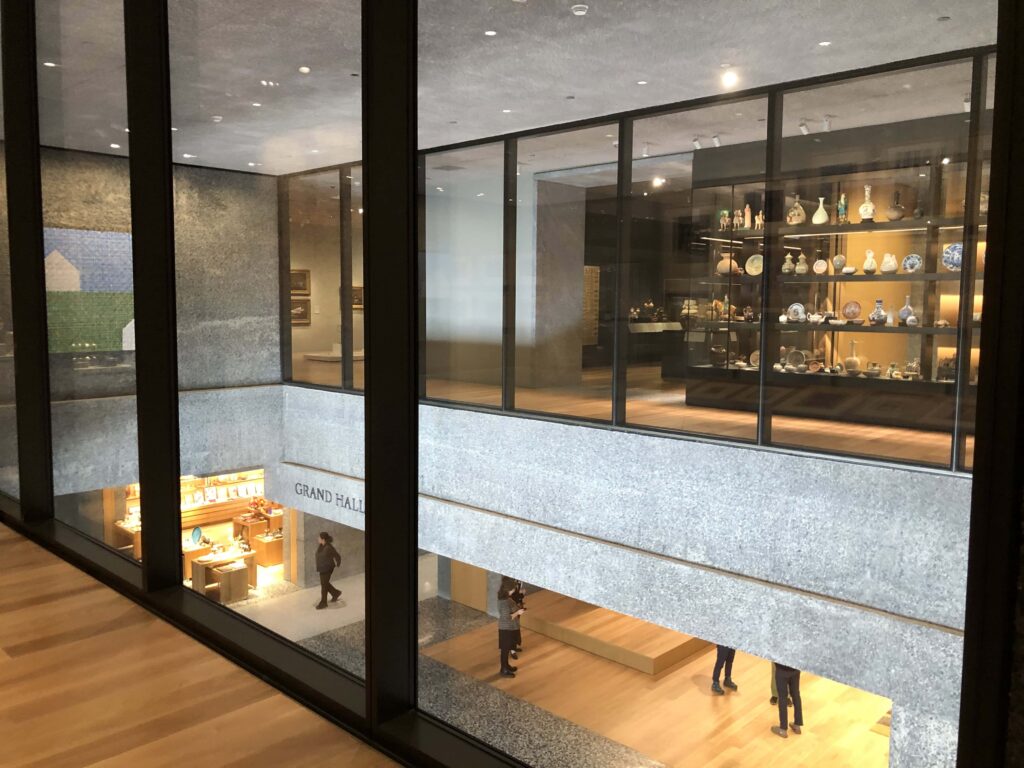
The new and improved Princeton University Art Museum will open to the public on the evening of October 31, 2025 with 24 hours of nonstop events.
As in its previous incarnation, the museum will be free to all and open seven days per week. There is metered street parking available both on campus and along nearby streets. (I found this website to be helpful, and there is additional parking info on the museum’s website.) Mosaic, the museum’s new and expensive-looking restaurant, is located on the third floor and will be open Thursday through Monday. There’s also a gift shop with books and decorative objects on the first floor.
Many thanks to the Princeton University Art Museum and BerlinRosen for inviting me to the preview event and to the many museum staff members who took time to chat with me and share their insights about this fantastic new museum.
Hey everybody! I’m just reminding you that everything in a museum is subject to change – exhibitions, artworks on display, opening times, and prices. I can only tell you what the museum was like the last time I was there, which might not stay the same. It’s not only that exhibitions change and prices increase; I’ve revisited museums and found their fundamental personalities to be really different from my last visit (or that half their galleries are closed for renovation). I know how sad a disappointing museum visit can be, so I’m reminding you to check everything out on the museum’s website ahead of time.
